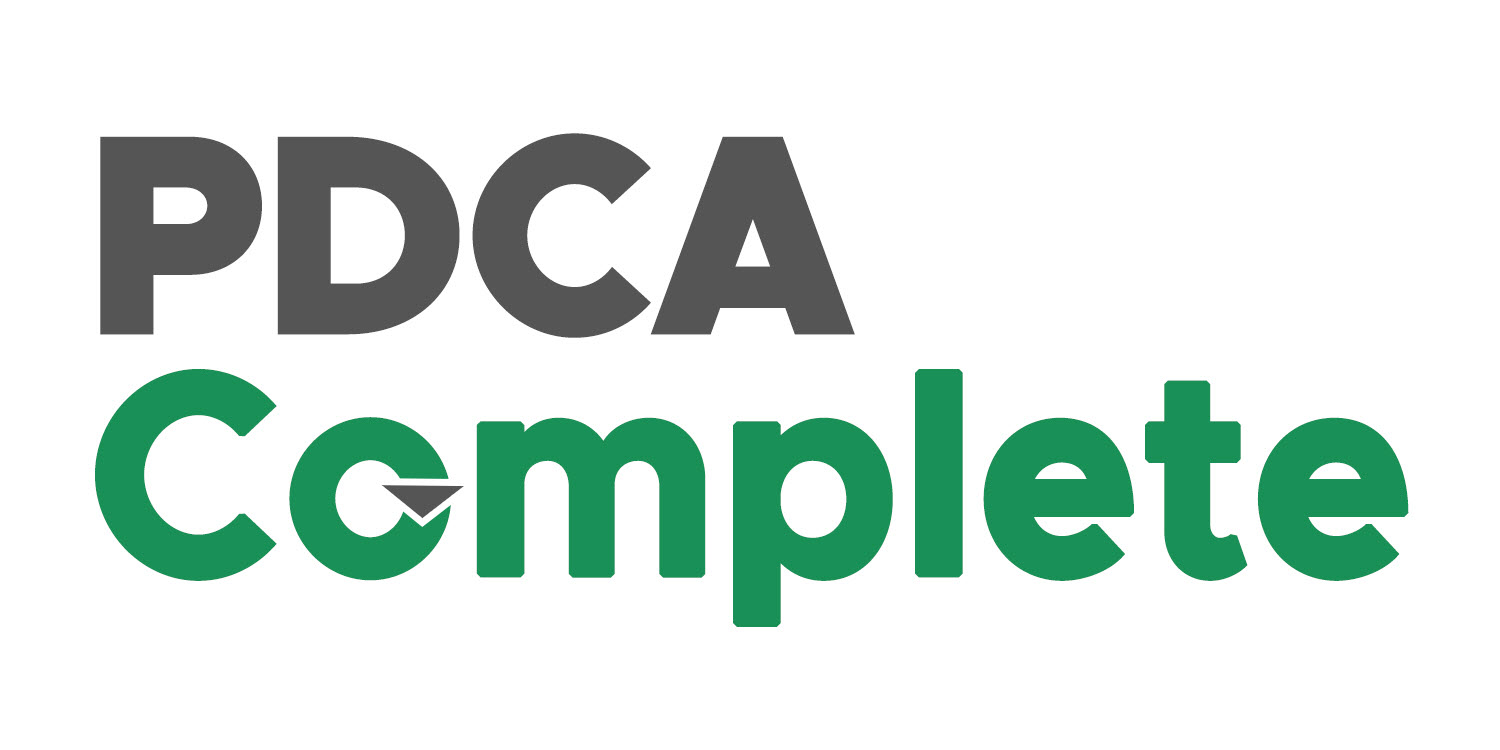The 7 wastes of lean manufacturing is a great way to spot wastes in your business and find improvement opportunities. This article reminds us of what the 7 wastes are and how we can use them effectively.
What are the 7 wastes?
The 7 wastes are a classification system to help you identify ‘non value adding’ activities in your business. Non value adding activities are the things that your customer does not want to pay for. Simply put, they are opposed to the goal of Lean which to maximise the proportion of value adding tasks within a business’ operation.
To summarise the 7 wastes:
- Defects – activities carried out incorrectly (or the wrong request made but carried out perfectly).
- Overproduction – too much of anything (including report writing and meetings).
- Transportation – having to move items unnecessarily.
- Waiting – delays within or between processes (this includes waiting for decisions to be made).
- Inventory – too much or not enough stock (including spares for machinery!).
- Motions – wearing people out from too much bending, twisting and stretching (and lifting things that are too heavy).
- Processes – not having the best way of completing a task.
You find what you look for
There is a very good reason why we use the 7 wastes in lean manufacturing initiatives. You tend to get more of what you focus on, have you heard that expression before?
So, if you start looking for defects in your business processes you will start to spot them.
The same works when you have just bought a new car. Within minutes you start to spot the same brand / model on the roads because you are now thinking about it.
The 7 wastes approach takes advantage of this phenomenon.
If you want to eliminate waste from your organisation then you just need to keep looking for them, talking about them and not stopping.
Waste walking
A practical application of the 7 waste categorisation system is to have a waste walk. This is a very simple approach where you and some colleagues take a stroll through your business. During the walk you stop at various points and see what wastes you can observe.
From this list you can then compile a list of opportunities to work on.
And, if you want to get really slick you can apply a prioritisation system to help you get the biggest bang for your buck!
Waste walking is a really simple improvement method but one that lets you harness the power of the 7 wastes of lean manufacturing
What about the eighth waste?
Yes, there is another waste that I need to tell you about.
If you have wondered about where your people fall into the 7 wastes then you’ll notice the shortcomings of the approach. Thankfully an eighth was added; ‘untapped human potential’. This waste focuses on not using the brainpower and insights of your colleagues effectively enough.
I consider myself a relatively bright person. I am thankfully bright enough to realise that:
- I don’t know everything;
- I have a different perspective in my work and life to others, therefore…
- I won’t see every opportunity.
In my management life I never cease to be amazed at the amount of opportunities that I don’t see.
If you have read my book On Time Delivery you will have read all about one of my Team Leaders that revolutionised the performance of their business unit. I never spotted their opportunities, they just needed the chance to share them. That’s the eighth waste in practice.
Can you put this into practice?
Do you think that you can go for a waste walk and hunt down the 7 wastes?
You don’t have to be based in manufacturing to take advantage of this approach. The office environment is a great place to apply the same idea.
If you want to start small I suggest that you take one of the wastes and use that as the focus of your first waste walk. Identify the opportunities for improvement and make something happen. From there you can take the next waste and so on…
Have fun eliminating the 7 wastes of manufacturing,
Giles
